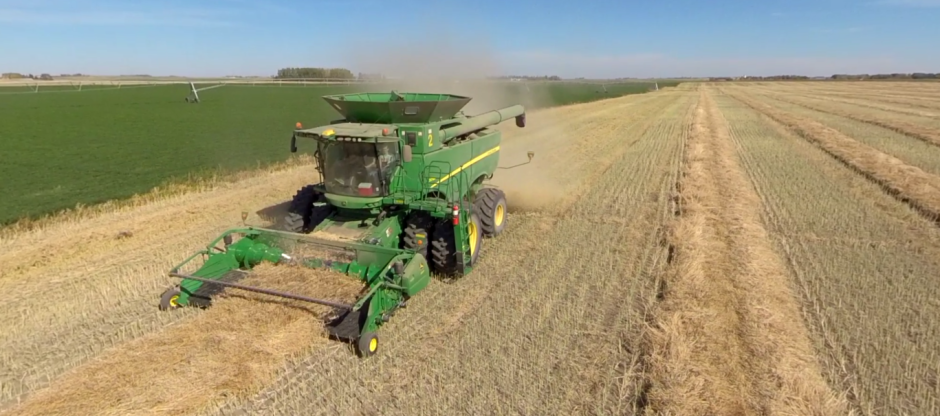The summer heat’s not just sinking crop yield potential. It’s also endangering the lives of grazing cattle and calves on the most drought-stricken ranches around the nation.
Veterinarians are reporting an increase in the number of calf deaths from grazing on toxic weed species so far this summer, a telltale sign that the drought is knocking down some of the grasses on which many ranchers rely to keep their herds thriving, according to a report from Kansas State University Research & Extension. The most common ailment is in liver toxicity that’s common when calves graze on weeds and other plants that aren’t around in a year with normal precipitation.
“We knew this area had been through 2 to 3 years of drought,” says Gregg Hanzlicek, a K-State veterinarian who recently conducted post-mortem exams on deceased calves from ranches in droughted areas. “We found a well-managed herd, with the calves getting plenty of milk. But we did notice very little grass for the animals to graze on.”
Ultimately, it was found that the calves had been grazing on “multiple weeds.
“The weeds were all nontoxic, except for one, a Senecio species that causes acute to chronic liver toxicity, which was identified by toxicologist, Dr. Deon van der Merwe,” Hanzlicek says. “Pathology reports showed that the calves died from liver toxicity.”
If you’re in an area where it’s likely that these types of issues could arise in your herd, take quick action. Hanzlicek advises moving cattle off pastures showing the most severe damage from dryness and do what you can to add to the feed value the cattle are getting from the grass they can graze.
“In a drought situation, producers usually don’t have this alternative. Supplement some type of feed every other day or so, enough to keep them full so they don’t eat other plants they don’t normally consume,” he says.
And, if you are in a situation where you suspect this issue to be damaging your herd, don’t hesitate to contact your veterinarian immediately, Hanzlicek adds.


